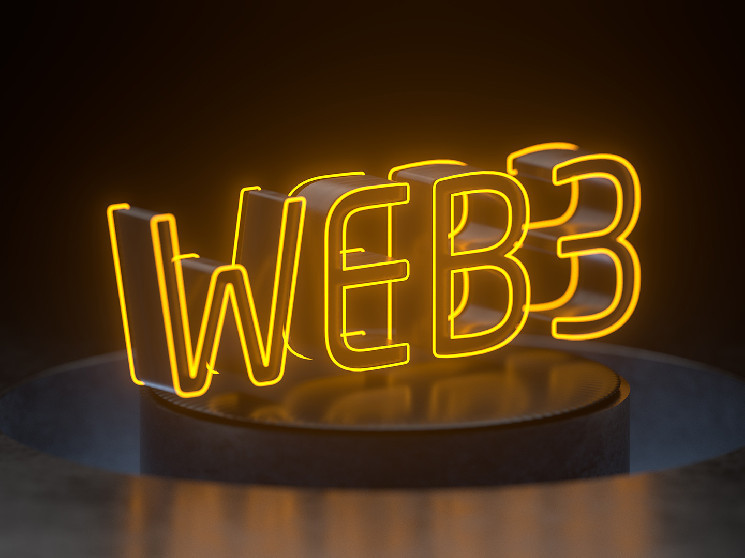In 2015, the Ethereum protocol proposed a vision for a decentralized global computer capable of reimagining a free and open internet – free from the whims and limitations of centralized entities. While Ethereum has become the foundation for Web3 as we know it, its growth has been underlined by the upgrades that would be needed to realize its full potential. As a result, Layer 2 has emerged as a clear frontrunner in the race to scale the network for mass adoption. Systems using zero-knowledge (ZK) technologies are among the most promising – and their potential is not limited to scaling.
Mihailo Bjelic is the co-founder of Polygon. This article is part of Crypto-2023.
ZK-powered technology is expected to revolutionize countless industries, from gaming to payments, and from digital identity to enterprise solutions. Looking ahead, 2023 promises to be the year in which ZK technology really takes off.
What is zero-knowledge technology?
Zero-knowledge technology refers to tools that use cryptography to prove something is true, without revealing any additional information other than the fact that it is true. The value of such a tool for crypto is that it significantly reduces the cost of processing data (such as transaction data on a blockchain) without compromising the security or decentralization that make these monetary networks unique.
By applying ZK technology, blockchain networks can prove the authenticity of their activities in the most efficient way, with the fewest steps possible. This has the power to be transformative for Web3 development by reducing costs, increasing throughput, and expanding potential use cases far beyond what is currently possible.
Read more: Polygon Stakes Claims Fastest Zero-Knowledge Layer 2 With ‘Plonky2’ Launch
There is little doubt among blockchain developers that ZK technology is the ultimate solution for scaling blockchain. For many, this is the most crucial development in ensuring a fair internet environment for the free exchange of value and digital ownership of assets and data, without being subject to centralized control.
Until recently, ZK-based scaling was limited by its incompatibility with the Ethereum Virtual Machine (EVM). It is not strictly incompatible, of course, but perhaps unfriendly. In fact, many industry participants predicted that it would take more than a decade to build a high-performance, EVM-compatible ZK rollup. Luckily it took considerably less time than that.
While the 2022 Ethereum merger played an important role in the network’s transition from proof-of-work (PoW) to the more efficient proof-of-stake (PoS), it represents only the first step in the broader Ethereum roadmap, with improvements to how data is stored on-chain, will likely be the next step.
The realization of this roadmap could take years, although it is clear that ZK technology is part of Ethereum’s long-term vision. Ethereum co-founder Vitalik Buterin has flatly stated that ZK rollups are the solution to scaling Ethereum. Given all this, it is critical that the development and application of ZK technology align with Web3’s core ideals, the most important of which is transparency.
Users can’t really trust the output of a ZK-powered tool if they can’t independently verify the input. In this way, transparency requires proving systems that have source code for each component.
How will ZK technology benefit crypto?
As mentioned, ZK has a wide range of applications, but there are several that have short-term value.
With ZK’s ability to increase throughput and security and reduce costs, ZK rollups will also be a meaningful tool for the decentralized finance industry. Leveraging Ethereum’s robust security and decentralization while reliably providing scale can take DeFi to the next level.
Likewise, zero-knowledge technology could have a domino effect on the payments industry. Crypto has failed to become a widely accepted channel for business and consumer payments, largely due to limited scalability and high fees (and taxes, but that’s a separate problem with a less technical solution). Breakthroughs like zkEVM aim to challenge this, enabling robust payment stacks on Ethereum.
Furthermore, to ensure that blockchain gaming applications match the number of users in the mainstream gaming sector, ZK rollups will be essential for processing the hundreds of thousands, if not millions, of microtransactions that a typical blockchain game would require.
Another area where many innovations that zkEVM can bring are enterprise blockchain solutions. Until now, business users have been wary of the security issues posed by decentralized networks and their perceived lack of oversight and accountability.
Read more: The trend towards blockchain privacy: zero-knowledge proofs
Zero-knowledge technology is the very thing that will bring accountability to decentralized networks without subjecting itself to arbitrary surveillance. Its implementation will provide the kind of security that companies need to interact with decentralized blockchains.
ZK technology is also applied to digital identity, providing users with a decentralized, privacy-focused way to verify their credentials and identity without ever revealing personal information. Such ID provides users with a decentralized solution to comply with know-your-customer (KYC) and anti-money laundering (AML) controls without having to rely on third parties to store and process their data.
In response to the collapse of the FTX exchange, Vitalik proposed a ZK-based solution to prevent future FTXs. A cryptocurrency exchange could use Zero-Knowledge proofs to demonstrate solvency by publishing proof of reserves. This would allow an exchange to confirm that it has the liquidity to cover customer withdrawals without revealing the sensitive business information contained therein.
With so much potential coming from a single technological breakthrough, it’s becoming increasingly difficult to argue that ZK rollups won’t play a central role in widespread cryptocurrency adoption. While this list of possible use cases is by no means exhaustive, it’s more likely that ZK’s most useful, game-changing application doesn’t yet exist.
As a useful analogy, consider that the explosion of social media was partly a result of it being an application that could only exist on the Internet – no antecedent existed in the real world. Somewhere there is a young developer with a budding idea for something that can only be built on a blockchain.
ZK rollups and zkEVMs showcase Ethereum’s vision of a decentralized web.

